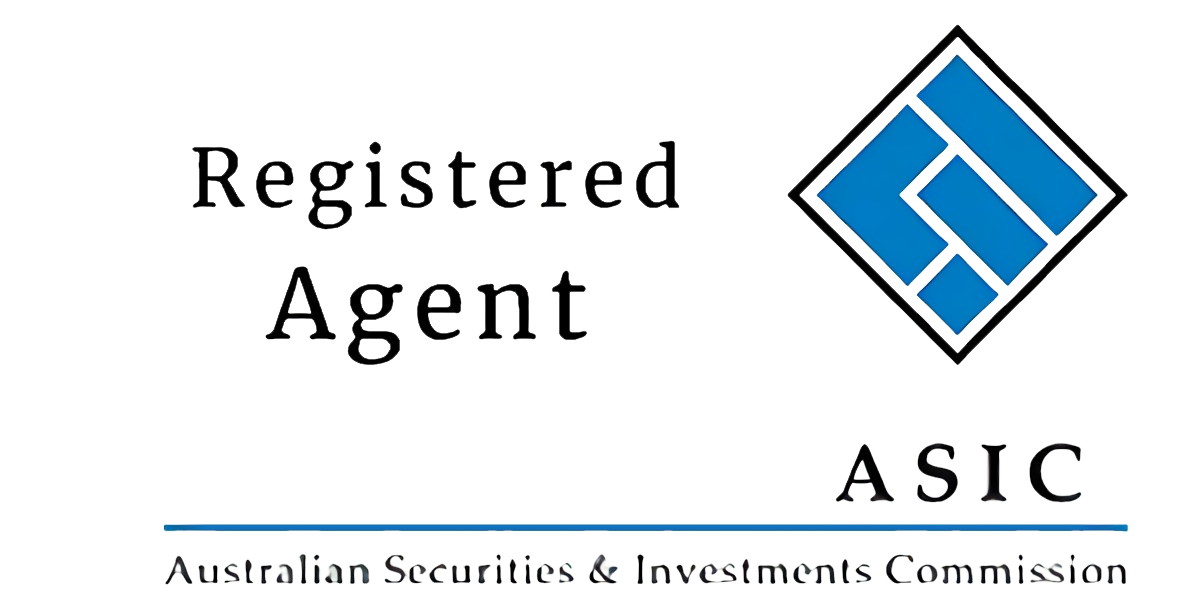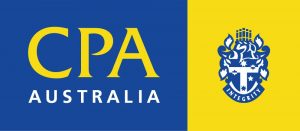If you’re a foreign resident disposing of taxable Australian property (TAP), it’s essential to understand your tax obligations under Australian tax law. The Australian Taxation Office (ATO) closely monitors these transactions, and failure to meet your requirements can lead to scrutiny and potential penalties. Here’s what you need to know:
What is Capital Gain Tax
Capital Gains Tax (CGT) applies to the profit you make when selling or disposing of assets like property, shares, or cryptocurrency. While it’s called “capital gains tax,” it is not a standalone tax. Instead, CGT is included as part of your overall income tax. In essence, CGT is considered a part of your overall tax calculation.
What is Taxable Australian Property (TAP)?
TAP includes:
- Taxable Australian Real Property (TARP), such as land and building,
- Assets used for conducting business in Australia,
- Indirect interest in Australian real property, like shares in companies that own Australian property,
- Rights or options to acquire any of the above assets.
If you’re selling any of these assets, you must report any capital gain or loss from the sale and pay Capital Gains Tax (CGT).
Essential Tax Guidelines for Foreign Residents Disposing of Australian Assets
Foreign residents who dispose of TAP are required to lodge tax returns that disclose any capital gain or loss. This is crucial for compliance with Australian tax law. Failing to correctly lodge returns could attract ATO attention.
When purchasing property from a foreign resident, the buyer may be required to withhold a portion of the sale price as Foreign Resident Capital Gains Withholding Tax (FRCGW). This withheld amount must be paid to the ATO, unless the foreign resident seller provides a variation notice that specifies a reduced rate.
The ATO closely monitors foreign residents involved in the disposal of TAP. Foreign residents may draw the ATO’s attention if they:
- Hold significant direct or indirect interests in TAP assets, such as shares in mining companies or commercial properties,
- Dispose of TARP or indirect interests without fulfilling CGT obligations,
- Attempt to mischaracterize or misvalue assets to avoid CGT or use staggered sell-down arrangements to exploit CGT exclusions,
- Fail to meet the associate-inclusive test when determining total participation interests,
- Inappropriately allocate market value to non-TARP assets, or
- Are unlikely to have sufficient funds remaining in Australia to meet their tax obligations following a disposal of TARP.
For further details, refer to the ATO’s official information on tax avoidance schemes and staggered sell-down arrangements (see TA 2008/19 and TA 2008/20 on the ATO website)
As a foreign resident disposing of taxable Australian property, it is crucial to meet your Capital Gains Tax (CGT) obligations. The ATO closely monitors tactics used to avoid CGT, such as manipulating asset valuations or engaging in staggered transactions. Involvement in such practices could result in serious consequences, including audits and penalties. To avoid complications, ensure that you file accurate tax returns and adhere to withholding requirements. If you’re uncertain about your obligations, it is advisable to consult with a tax professional to ensure full compliance and mitigate any potential risks.









